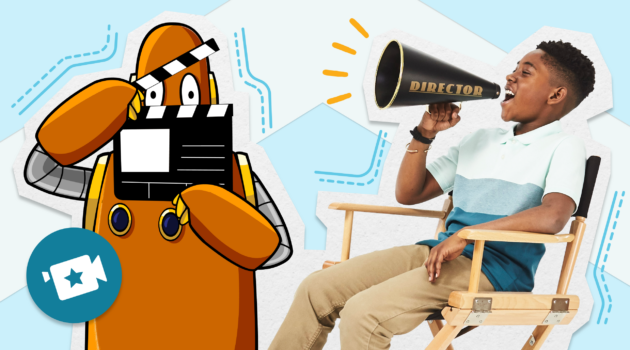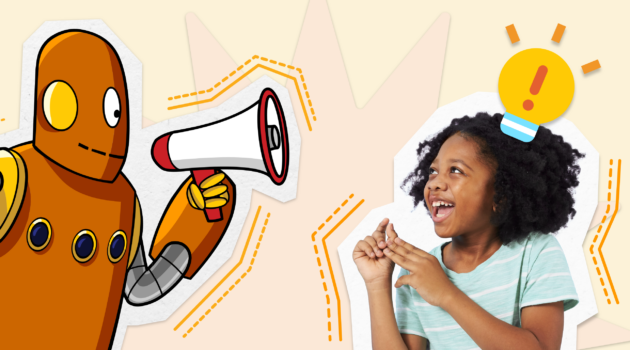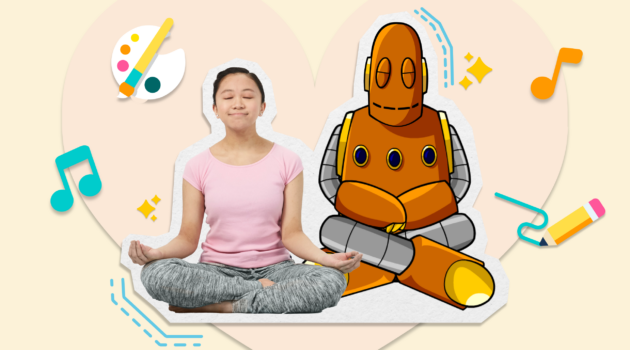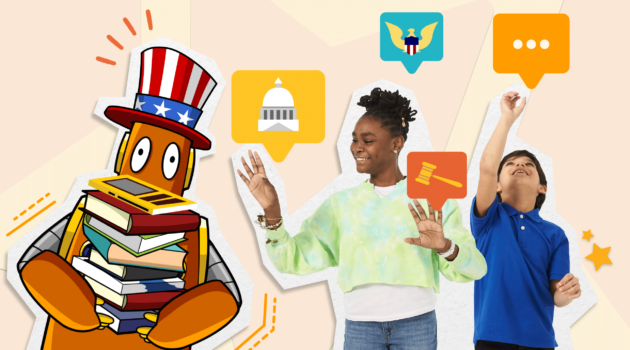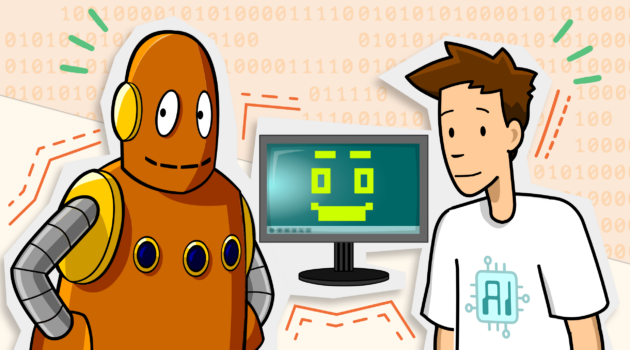Teaching Strategies
Beyond the Page: How Reading and Context Shape Connected Classrooms
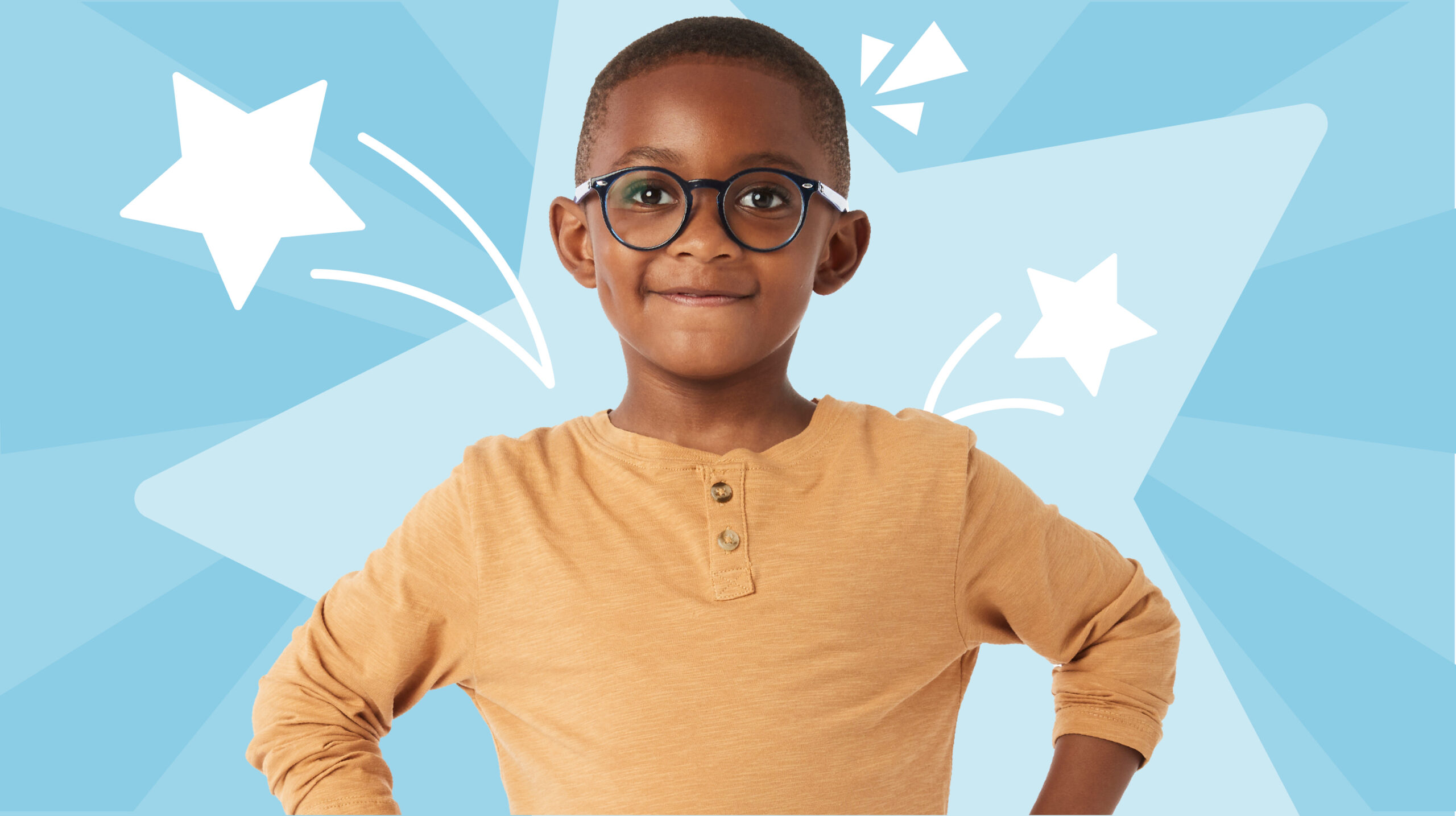
Whether students read fact or fiction, every word on the page helps them build connections to the world and people in it. When students are given tools to process their reading, their connections take deeper root.
Students who feel connected to the content become enthusiastic, engaged learners who take charge of their learning and recognize that it’s a journey they can take with their classmates.
Increase student talk-time by building connection and confidence
Think about how you feel diving into your favorite story. While exploring this world, every page invites you to experience a new perspective. Reading has long been associated with empathy because it allows us to relate to the lived experiences and feelings of those around us.
Students reading fiction engage with new perspectives, deepening their empathy. This doesn’t just make them better people—it allows them to contribute more meaningfully in the classroom.
Classrooms where students authentically support one another are classrooms where students volunteer answers without fear, express their learning confidently through creative projects, and use their lived experiences to understand new topics more meaningfully.
When students deepen their content knowledge, they find new ways to connect to what they are learning
Now imagine a student learning about the American Revolution in history class. There’s more to building their understanding than sharing lists of names and dates. They need additional context to build true understanding.
Nonfiction can help students learn about the political forces at play during this time. They can read about how factors like geography and finance influenced the actions of historical figures like George Washington. They might even read the true story of Paul Revere’s ride and imagine the fear and responsibility he may have felt while issuing his fateful warning.
As students read, they gain the information they need to connect topics and begin to paint a complete picture of their learning.
With the right tools, students can become lively learners and confident classmates
Students need ways to process what they’ve read. BrainPOP’s learning activities give students dependable ways to digest and internalize their learning, helping them deepen their understanding and contribute eagerly to classroom discussions.
- Tell stories with Make-a-Movie. BrainPOP offers opportunities for creative expression that go beyond the basics. Learning activities like Make-a-Movie encourage students to synthesize and share what they know with classmates, allowing them to collaborate on a shared journey to mastery of learning objectives.
- Process through coding. Creative Coding asks students to use Scratch or Vidcode to build stories, complete puzzles, and complete other projects related to the day’s topic. In addition to getting them future-ready, these projects help students make meaning of what they’ve learned while engaging their computational thinking skills—think identifying what’s most important, finding patterns, and problem-solving. Students can work together on projects, or work separately and show what they know to the class!
- Reflect over well-timed Pause Points. Learning, like communication, thrives on introspection. Many BrainPOP movies are equipped with a superpower: Pause Points. Encourage students to self-assess with Pause Points to unpack their learning.
- Embrace linguistic diversity. Classroom discussions are most effective when students understand one another. BrainPOP supports multilingual learners with immersive content available in multiple languages, ensuring accessibility and deep learning experiences for all students.
Classrooms that blend diverse texts with strong processing strategies are incubators for student growth. Through this integrated approach, students don’t just read to know; they read to understand, to feel, and most importantly, to connect.
By integrating innovative tools like BrainPOP’s interactive activities, educators can further bolster this journey of connection. In essence, the classroom isn’t just a space for learning—it’s a nurturing ground for life’s most critical skills.
Katie Pothireddy is a product marketer on the BrainPOP team and a former vice principal, teacher coach, and classroom teacher. She holds a Master’s in the Science of Education from Johns Hopkins University.


